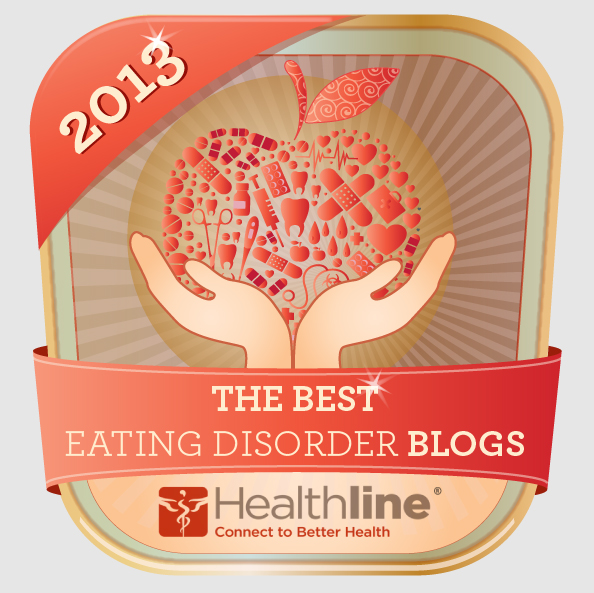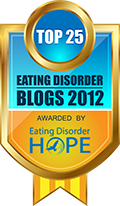Meditation has been around for ..well, ever ... just about. Where and when it originated isn't clearly documented (as far as I am aware) but it can be found in many, many cultures and throughout history.
I have meditated since I was a young teen. I was first introduced to the idea when I started doing yoga, inspired by a book I picked up at a neighborhood yard sale. Though I struggled at first, with what felt impossible at the time due to my ever-present thoughts, learning to clear my mind… it soon became easier and easier to accomplish. I found myself amazed by how different I felt afterward and surprised to see how much time had actually passed as I sat quietly meditating in my room for what felt like no more than 10 or 15 minutes.
Over the years I abandoned the practice, picking it up again when stress, anxiety, or worry took over, reminding me that I could feel better if I meditated. I had an on again/off again relationship with meditating for years.
Though I had experienced nothing but positive (and often amazing) results from meditation, I don’t think that I truly understood how powerful it was until years later when I found myself sitting in my cardiologist’s office, as an adult, with a medical issue. I was wired up to monitors in an attempt to figure out why my heart rate had become so dangerously fast. There I sat, machines beeping and registering each beat of my heart, my blood pressure, and my respiration. I was scared. The thoughts of how my children and my husband would cope if something happened to me weren’t improving the situation. For a few minutes I was alone as the doctor left the room to retrieve more supplies and that’s when meditation came to mind, again.
I closed my eyes, slowed my breathing, cleared my mind and began. I let go of my thoughts, concerns, and fears. My body and my mind relaxed. It didn’t take long for the beeping of the machines to slow. I opened my eyes to peek at the monitors and saw my heart rate had already dropped to almost normal but began to rise again as I stopped meditating. I closed my eyes again and let the sounds of the machines become a barely noticeable low, dull hum in the background. I concentrated on my breathing and let go of everything else. In those few minutes I had managed to lower my blood pressure and my heart rate and though they rose again when I stopped, they remained lower than when I had arrived. That was all I needed to bring meditation back into my life.
What is Meditation? Wikipedia defines it as follows:
Meditation is any form of a family of practices in which practitioners train their minds or self-induce a mode of consciousness to realize some benefit.[Meditation is generally an inwardly oriented, personal practice, which individuals do by themselves. Prayer beads or other ritual objects are commonly used during meditation. Meditation may involve invoking or cultivating a feeling or internal state, such as compassion, or attending to a specific focal point. The term can refer to the state itself, as well as to practices or techniques employed to cultivate the state.
There are dozens of specific styles of meditation practice;[3] the word meditation may carry different meanings in different contexts. Meditation has been practiced since antiquity as a component of numerous religious traditions and beliefs. wikipedia
The benefits of meditation are many. Here are a few;
Physical Benefits:
- Increases energy and strength
- Improves airflow to lungs
- Decreases/cures headaches
- Helps lessen pain (including chronic pain)
- Lowers blood pressure
- Increases blood flow
- Helps balance the endocrine system
- Relaxes the nervous system
- Changes brain electrical activity for the better
- Improves heart function and reduces work load of the heart
- Lowers heart rate
- Increases production of endorphins
- Increases serotonin levels, improving mood and feelings of pleasure
- Decreases muscle tension
- Better, more restorative sleep
- Improves the immune system
- Slows brain aging
- Lowers blood sugar levels in diabetics
- Reduces free radicals (which cause tissue damage, disease, and aging)
- Lowers cholesterol
- Decreases chronological age
- Increases DHEAS
- Increases circulation
Mental and Emotional Benefits:
- Helps build confidence
- Helps balance communication between both brain hemispheres
- Increases activity in the left pre-frontal cortex resulting in positive, happy emotions
- Calms and soothes
- Reduces anxiety
- Improves depression
- Decreases restless thoughts and worry
- Improves tolerance
- Creates/Improves positive emotions
- Helps improve perspective
- Helps with OCD
- Improves worth performance
- Increases attention span/focus
- Lessens feelings of worry
- Reduces stress and helps improve ability to manage stress
- Relaxes the mind and the body
- Increases feelings of happiness
- Increases patience
- Improved learning ability
- Decreases moodiness
- Improves emotional stability
- Improves concentration
- Improves memory
In addition, studies have shown that meditation helps recovery from eating disorders and addiction.
How do you Meditate?
There are many different types/styles/techniques of meditation. The best way to choose one for yourself is to do a little research and experiment until you find the one that feels right to you. Don't be afraid and don't give up if you don't find what works best for you right away. It's out there and worth looking for.
Give it a try. Give it some time. Practice. You'll be glad you did.
picsource:http://www.flickr.com/photos/htb/13775085/in/photostream/



 2
comments
2
comments




















